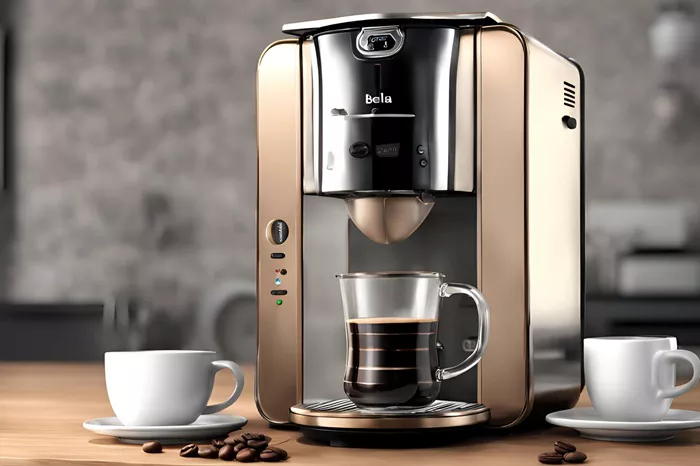Cold brew coffee has gained immense popularity for its smooth, less acidic taste and refreshing qualities. Unlike traditional hot brewing methods, cold brew involves steeping coffee grounds in cold or room-temperature water for an extended period, usually 12 to 24 hours. This slow extraction process results in a concentrated coffee that can be diluted with water or milk. However, a common question among coffee enthusiasts is whether it’s possible to steep cold brew twice—using the same grounds for a second batch. To answer this, we need to explore the science behind coffee extraction, flavor profiles, and potential health implications.
The Science of Coffee Extraction
Coffee extraction is the process of dissolving soluble compounds from coffee grounds into water. These compounds include caffeine, acids, sugars, and oils, each contributing to the flavor, aroma, and strength of the brew. The extraction process is influenced by several factors, including water temperature, grind size, steeping time, and the coffee-to-water ratio.
Cold brew relies on time rather than heat to extract flavors. Because cold water is less efficient at dissolving coffee compounds, the extended steeping period ensures a balanced extraction. The first steep typically pulls out the most desirable flavors—sweetness, mild acidity, and subtle fruity or chocolatey notes. A second steep, however, may extract more bitter and astringent compounds, as the pleasant flavors have already been largely depleted.
Flavor Profile of a Second Steep
If you attempt a second steep with the same coffee grounds, the resulting brew will likely be weaker and less flavorful. The first extraction removes most of the soluble compounds, leaving behind only the harder-to-extract elements. These often include tannins and other bitter substances that can make the coffee taste hollow or overly harsh. Some people describe a twice-steeped cold brew as “watery” or “stale,” lacking the rich depth of the first batch.
That said, personal preference plays a role. If you enjoy a very mild coffee or plan to use the second steep for cooking (such as in desserts or marinades), it might still be worth trying. However, for drinking purposes, most coffee experts recommend using fresh grounds for each batch to ensure the best taste.
Caffeine Content in a Second Steep
Caffeine is one of the first compounds extracted during brewing. Studies show that about 90% of the caffeine is released within the first few hours of cold brewing. This means a second steep will contain significantly less caffeine, making it a poor choice for those seeking an energy boost. If caffeine is a priority, reusing grounds will not provide the same effect as a fresh brew.
Health Considerations
From a health perspective, reusing coffee grounds is generally safe but may have some downsides. Coffee contains oils that can become rancid if left too long in water, especially at room temperature. While the risk is low, prolonged exposure could promote bacterial growth or off-flavors. Additionally, over-extracted coffee may contain higher levels of certain compounds like quinic acid, which can contribute to stomach discomfort in sensitive individuals.
Some people believe that reusing grounds reduces acidity, making it gentler on the stomach. While cold brew is naturally less acidic than hot coffee, a second steep does not necessarily improve this aspect. In fact, the lack of balanced flavors might make any remaining acids more noticeable.
Environmental and Economic Factors
One argument for reusing coffee grounds is reducing waste. Coffee production has environmental impacts, and minimizing grounds usage can be seen as a sustainable practice. However, the quality trade-off must be considered. If the second brew is unpalatable, it may still go to waste, negating the environmental benefit.
Economically, reusing grounds might save money, but the diminished quality may not justify the small cost savings. High-quality coffee is an investment, and maximizing flavor often means using fresh grounds each time.
Expert Recommendations
Most professional baristas and coffee researchers advise against steeping cold brew twice. The consensus is that the first extraction optimizes flavor, and a second steep only produces a subpar product. Instead of reusing grounds, experts suggest adjusting the initial brewing parameters—such as using a finer grind, increasing the coffee-to-water ratio, or extending the steeping time—to achieve a stronger or more tailored brew.
If you’re determined to experiment, try a small batch first. Compare the taste of the first and second steeps to see if the difference is acceptable for your preferences. Some may find creative uses for the weaker second brew, such as iced coffee cubes or coffee-infused recipes where subtle flavor is sufficient.
Conclusion
While it is technically possible to steep cold brew twice, the result is usually underwhelming. The first extraction captures the best flavors and caffeine, leaving little of value for a second batch. Health risks are minimal but present, and the environmental benefits may not outweigh the loss in quality. For the best cold brew experience, fresh grounds and a single steep remain the gold standard. However, coffee is a personal journey, and experimentation can sometimes lead to unexpected discoveries. If you’re curious, try it—but don’t be surprised if your taste buds prefer the first round.
Related topics:
Passenger Coffee: A Journey Through Exceptional Coffee Craftsmanship
Best Cold Brew Coffee Concentrate
Brao Espresso Coffee: Crafting Excellence in Every Shot


